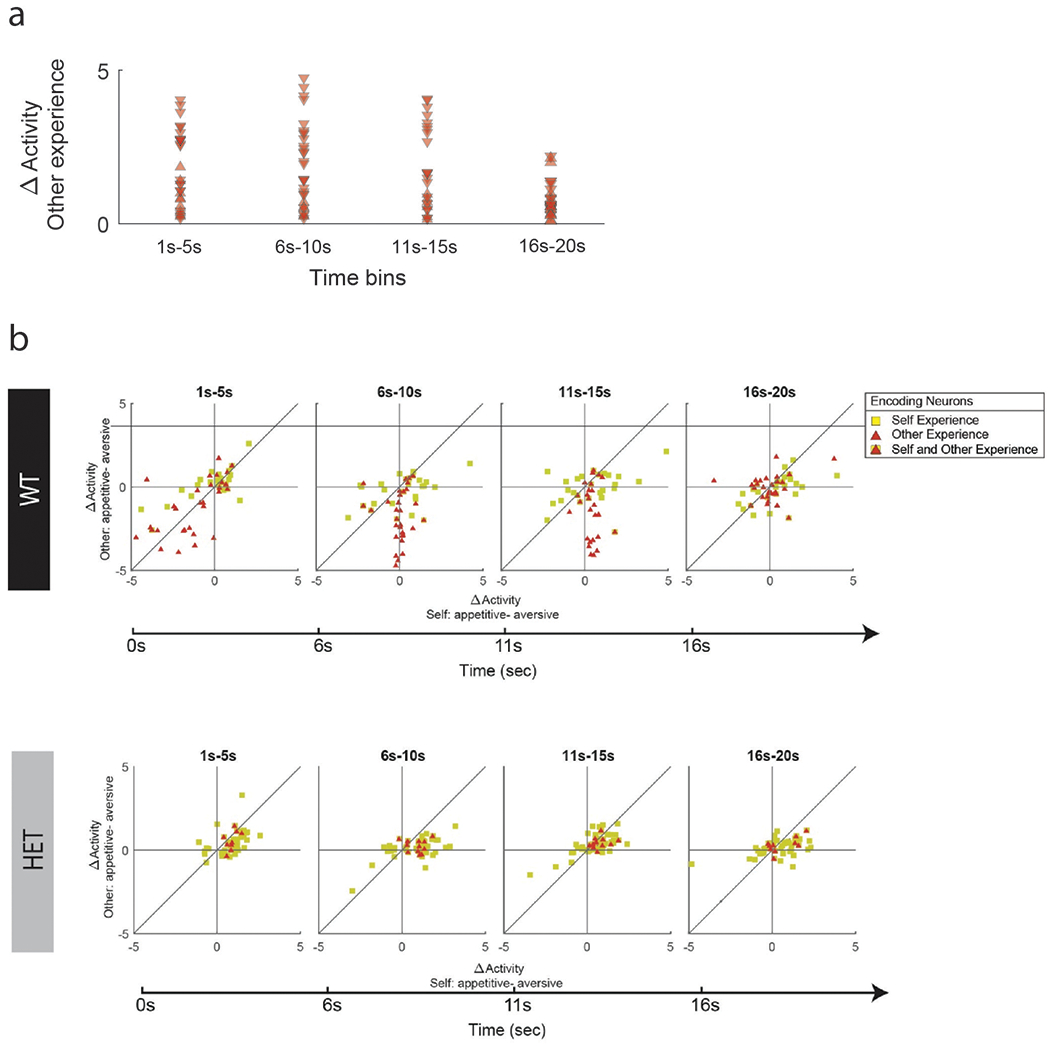Extended Data Fig. 3. Neural modulation over the course and within the trials.

a. Absolute difference in activity (Z-score) for other experience per cell over the time course of the trial. Here, neuronal responses are broken down into 5 second intervals in order to illustrate the time progression of neural modulation. While there was a slightly lower degree of modulation at the very end of the trial, this difference was not significant (repeated measures ANVOA, p > 0.2). Similarly, we find no difference in the total number of neurons that displayed significant modulation over the course of the trial (Chi-square, p > 0.5). The directions of the arrows indicate whether responses were stronger for the aversive (point up) compared to appetitive (point down) other experiences. To evaluate the effect that the animal’s own prior experience may have had on neuronal encoding of the other’s experience, we also compared all possible transitions combinations between self- followed by other-experience valence (e.g., self-appetitive followed by other-aversive, self-aversive followed by other-aversive, etc.). Here, we find that only 2 neurons in the WT mice that responded to other-experience were also affected by specific past self-experience (three-way ANOVA, p < 0.0125). In other words, the animal’s own experience in one trial influenced neuronal responses the following trial in only 1.8% of the neurons. Similarly, we find only 1 neuron in the WT mice whose response to self-experience was also affected by past other-experience; together suggesting that the past trial condition did not influence neuronal response under this task. b. This Figure follows the same convention as in Fig. 3d. Here, however, neural activity (Z-score) are divided into successive, non-overlapping 5 second windows over the 20 second trial-span.
